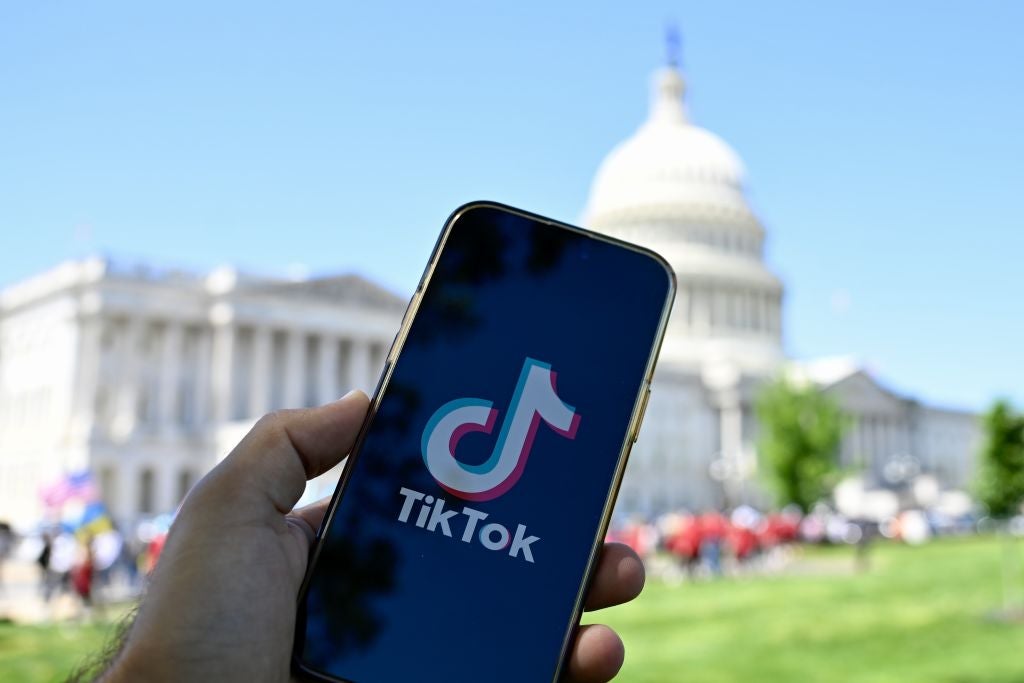
Now that we are seeing the first 5G sites come online and some of the first 5G phones become available on the market, it’s time to re-assess what that really means.
Years of ill-advised over-exuberance and over-promising have set expectations not only amongst customers but amongst IT professionals to levels that are not in sync with reality. It’s so bad that 5G is talked about the same way as the invention of the internet.
The reality is that the roll-out of 5G will take years, not just to replace radio equipment in the towers, but to provision the bandwidth needed in hard lines to those towers to be able to fully take advantage of 5G speeds. Add to that the public’s short attention span, the years needed to bring the promised “miracle” applications that 5G will enable online, and the fact that the public always expects faster speeds, regardless of the medium and you’ve got a recipe for a big, fat “so what” around 5G.
To be sure, we need to give credit where credit is due. 5G does contain a number of strong advancements that are genuinely necessary. The technological claims of 5G in terms of its ability to address density and speed all seem to be true. The engineering that went into 5G radios and the cooperation and thought process that brought that technology to the forefront is nothing short of an amazing engineering feat. Every engineer that participated in these efforts should be commended.
As much admiration as there should be for the engineers, there should be scorn for the executives and marketing managers that have turned 5G into a golden pipedream that can’t possibly live up to its expectations. The 3G and 4G rollouts were overhyped as well, but those “assurances” are nothing in comparison to the fantastic promises surrounding 5G being made by most, if not all, providers. Add to it the confusing marketing ploy by AT&T to rebrand advanced 4G LTE features to 5Ge when there are no real clear changes to the service, and you have a toxic stew that can only lead to disappointment.
None of this is a surprise. The promise of 5G speeds has service providers positively drooling. Download a high-definition movie to your phone in five seconds? Sure! But as delightful as that might be, imagine what it will do to your data cap. On the enterprise side, 5G advocates are even saying that with 5G we will no longer need Wi-Fi, despite many of the technological improvements in 5G being present in Wi-Fi 6, the latest iteration of protocol. Of course they want that. 5G, like 4G before it and 3G before that will use metered data connections. The faster consumers devour data, the more money the providers make. Also, since there are so many Wi-Fi devices, enterprises would be adding a network with 5G, not getting rid of one.
How well do you really know your competitors?
Access the most comprehensive Company Profiles on the market, powered by GlobalData. Save hours of research. Gain competitive edge.

Thank you!
Your download email will arrive shortly
Not ready to buy yet? Download a free sample
We are confident about the unique quality of our Company Profiles. However, we want you to make the most beneficial decision for your business, so we offer a free sample that you can download by submitting the below form
By GlobalDataNearly every vendor presentation regarding technology starts with a slide that says this: “X is GROWING EXPONENTIALLY and will consume all of Y within five years!” It doesn’t matter if the topic is computing requirements, storage requirements, or, in this case, cellular bandwidth. The other maxim that has always been true is that applications grow to take all resources. 5G will bring us excellent new density and bandwidth capabilities and in turn we will be able to do new, interesting and exciting thing. Eventually.
For the end customer, they are going to say that 5G is nice, but what they are going to be talking about some amazing new tech. That new tech might have been enabled by 5G, but the credit won’t go to 5G, it will go to the company making the new tech. Service providers will be victims of their own marketing and their own networks. By concentrating on network performance and excellence for years, customers will not see a huge change in their day to day experience with 5G.
Customers may splurge on that movie just to see how cool it was, but next time they will download it at home, on Wi-Fi through their broadband provider where they are not on a metered connection. Already we are seeing stories in the media of 5G phones overheating and reporters unimpressed by what they see. Verizon customers that have seen the provider’s marketing think the roll-out is in full swing but reports are that even in areas that have 5G, coverage is spotty. Customers will be unimpressed. To give credit where it is due, T-Mobile is restraining itself to some extent, but is attacking rivals for hype, which doesn’t really help with customer confusion.
The smart course of action for consumers and enterprise customers is to step back and consider what 5G might be able to do. Understanding that 5G is an evolutionary technology and just a tool is the key to making sure you don’t get caught up in the hype. So the next time a vendor or service provider pitches 5G as the remedy to all your problems, guide them back to your problems and all the solutions, not just 5G.
For service providers, it’s time to ratchet back the expectations and start dealing in real straight talk with the public. Starting now, re-calibrate expectations or prepare to be disappointed when the eventual verdict on 5G is a collective “meh.”






